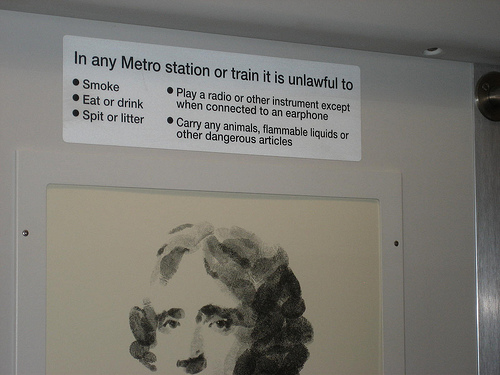Compare the following nonparallel form of this sentence:

Source: “Feel the breeze and relax,” Leticia-b, Flickr
She considered music an important pleasure in her life because of its relaxing qualities, it helped her concentrate, and its energizing effect.
You probably feel that this isn’t quite right even without checking it out grammatically. If you wanted to check it, you could fill the sentence out with parts like those that might have been deleted. For example, trying “because of” with each phrase would make clear that the three phrases are not parallel:
. . . because of music’s relaxing qualities,
because of music helped her concentrate, and
because of music’s energizing effect.
You can see that the first and third phrases line up in a parallel way. They have this form:
. . . because of music’s __________-ing _________.
But the second phrase does not have the same structure. You cannot say “because of music helped her concentrate.” It doesn’t make sense.
Can you revise the second phrase so it follows the form of phrases one and three?
In this case, the answer is no. It will not be a simple matter to revise the second phrase to line up with the first and third phrases. We can’t change it to “because of music’s concentrating attributes.” That phrase doesn’t make sense either. We would probably end up revising the first and third phrases rather than changing the second.
 In your notes, revise the first and third phrases so they line up with the second phrase. Check your understanding when you are finished to see a possible response.
In your notes, revise the first and third phrases so they line up with the second phrase. Check your understanding when you are finished to see a possible response.Sample Response:
She considered music an important pleasure in her life because it helped her relax; it helped her concentrate; and it helped her feel energized.

Source: “Feel the breeze and relax,” Leticia-b, Flickr
Parallel structure depends on similar grammatical forms to emphasize similar meanings. The sound of the sentence—either aloud or in your head—helps the meaning come through more clearly. The parallel meaning is repeated in the parallel sound. Parallel forms give clarity and power to your writing.
See how good you are at recognizing parallel structures by deciding which of the sentences below contain them. To test a structure, try filling in the structure with the words that might have been deleted.